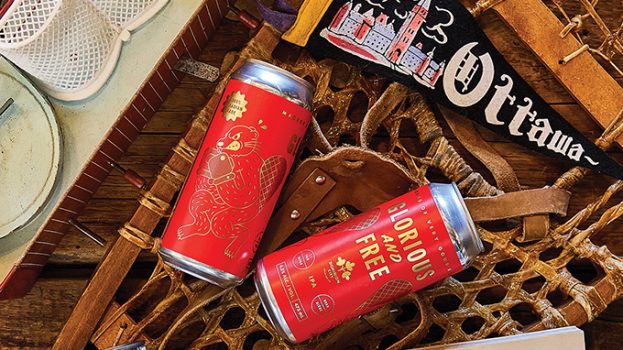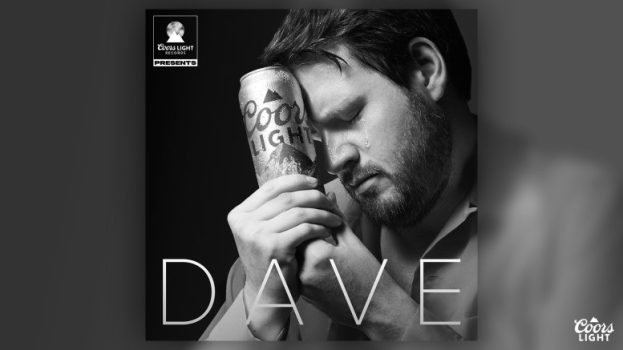Taco Bell Canada is bringing booze across the border, announcing Tuesday its plan to begin serving beer at a new Toronto location later this summer.
It’s a bid to attract more millennial diners, making Taco Bell Canada the latest quick service restaurant to put alcohol on its menu (something it already does in the U.S. and Europe). Starbucks announced beer and wine sales at some of its Canadian locations in April 2016, and KFC (which, like Taco Bell, is owned by Yum Brands) tested beer at two Toronto locations in 2015. Starbucks has since discontinued alcohol sales in the U.S.
“We’re seeing our customer evolve, and our brand has to evolve as well,” says Amanda Clark, general manager of Taco Bell Canada. “Taco Bell is trying to reflect more of a lifestyle brand.”
Back when she was in university, Clark says that like many younger diners, her fast food choices were driven by “what’s cheap.” Now, it’s a different story.
“The next generation really do want it all,” she says. “They want value and a good experience. It’s not enough to just have cheap food. They want quality ingredients and transparency, a beautiful store to eat in. You can’t play the same game you used to play.”
Pickier eaters may be why restaurants in Canada aren’t seeing any real growth – 6.6 billion visits annually and holding steady for five years, according to Robert Carter, executive director of food services at market research consultancy NPD Group.
Carter says his research shows Mexican-style restaurants have seen some growth despite the flat market, but only among the fast casual competitors such as Mucho Burito and Panera Bread. “The driver there is really the perceived quality of the food. Taco Bell is perceived to be more of a cheap-and-cheerful brand.”
That may be set to shift, however. As part of a long term plan to reach 700 locations in Canada (a drastic increase from the 170 it currently operates as one of the smaller national chains), Taco Bell Canada is moving away from multi-brand locations (retail operations it shares with KFC or Pizza Hut) and is changing what its restaurants look like.
An updated furnishing style and decor will show up in new and refurbished locations, which will also feature open kitchens to “provide increased transparency into how food is prepared, while also simplifying and modernizing the restaurant experience,” the company said in a release.
Where many fast food chains have created sub-brands or experimental locations to try to upscale their offering, “this is not an experiment,” says Clark. “This is the evolution of our brand.”
Carter believes opening up the kitchen design to mimic fast-casual competitors is a smart move to increase the perception of Taco Bell’s food quality, but is skeptical of putting beer on the menu.
“Alcohol sales in restaurants, particularly beer outside of the craft beer segment, are in decline in Canada,” Carters says. “If their strategy is to go with local craft beer, that may be interesting… but Molson and Labatt aren’t going to enhance the brand offering.”
























